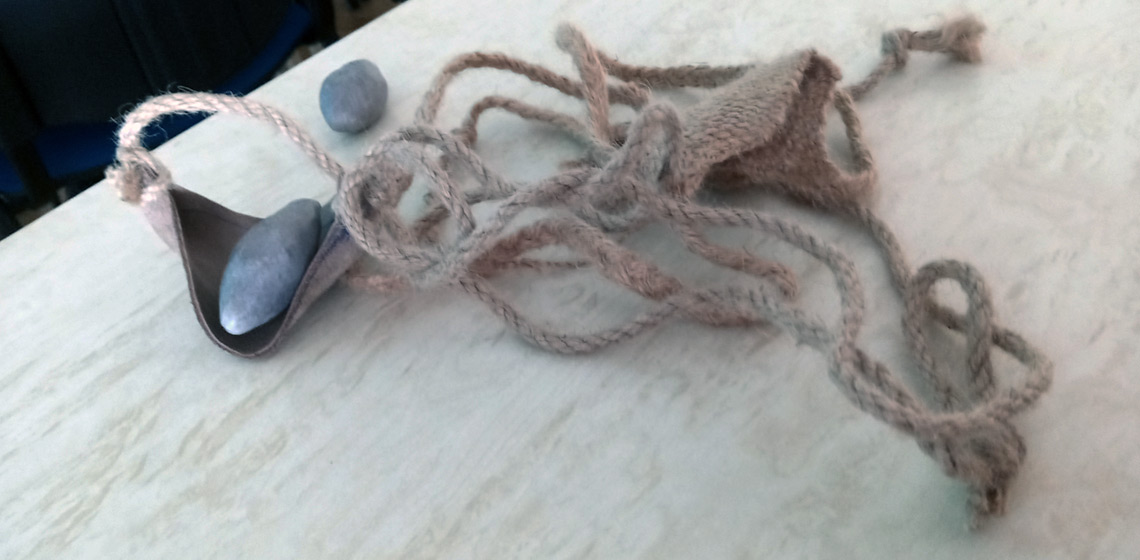The content is published under a Creative Commons Attribution Non-Commercial 4.0 License.
Unreviewed Mixed Matters Article:
Conference Review: Celebrating Ten Years of Experimental Archaeology at the Baltic Experimental Archaeology Summer School in Riga, Latvia

On 7 October 2023 a conference was held at the Faculty of History and Philosophy at the University of Latvia to celebrate ten years of the Baltic Experimental Archaeology Summer School. The school is organised by the society Latvijas Arheoklubs and is located on Lucavsala Island, in Riga, Latvia. A series of papers in both Latvian and English were given about experimental archaeology and its importance in exploring material culture and providing accurate interpretations. Papers were also presented about experiments that had been conducted at the school and current research projects.
The conference was hosted by Artūrs Tomsons, who also led the first session. The introduction was by Professor Andris Šnē, followed by a presentation by Giovanna Fregni about EXARC, its mission and how it promotes experimental archaeology. Artūrs Tomsons then spoke about the history of the Baltic Experimental Archaeology Summer School, how experimental archaeology has a much longer tradition in Riga and how it has changed from an academic project to being more accessible to a much wider society.
Professor Šnē also spoke about the history of experimental archaeology from its early days in the 1700’s and the 1860’s reconstruction of Roman forts and the 1893 reconstruction of the Viking ship for the Columbia Exposition in Chicago, USA.
Ieva Pīgozne of the Ancient Environment Workshop spoke about reconstructed Iron Age houses during the active phase of the group in the end of 90’s/early2000’s. While these are not necessarily experimental, they do provide experiences for others to learn from, building a framework for future experimental work.
Jānis Meinerts spoke about the Āraiši Archaeological Park and its beginning in the early 1980’s. The Park is an EXARC founding member and now houses a reconstructed 9-10th century wooden village. Of note was the discussion of maintaining the buildings in the Latvian environment and plans for the future.
Līva Kaprāle is a textile artist who teaches and demonstrates weaving and fiber processing at the Baltic Experimental Archaeology Summer School. She explored the ancient origins of textiles and plant materials, providing experiential events for visitors there.
After a coffee break, the conference resumed with Artūrs Tomsons presentation about his experiments casting bronze with natural draught furnaces and its implications for smelting iron. This was followed by another paper by Giovanna Fregni who spoke about experimental archaeology, its history and the need for the collaboration with experienced craftspeople and artisans in order to have meaningful results and interpretations.
The session papers then focused on slings and slightly asymmetrical biconical shot found at Klaņģukalns Bronze Age Hillfort. Dr. Viktorija Bebre, a researcher from Riga History and Maritime Museum Archaeology Department, spoke about different types of leather slings and a find of a sling near the Riga Powder Tower.
Artūrs Tomsons followed this with an explanation of “grain pattern” ceramic objects that had been interpreted in a variety of ways that included washing stones, weights for fish nets, trade weights, whetstones, and ultimately ritual objects. Similar lead objects were considered to be the lead waste that remained after cupellating silver from galena ore. The objects are about 7 cm long and have been found in deposits from as diverse places as Troy, Etruria, and Serbia. Artūrs made the case for these being sling shot.
This was followed by a video presentation by Reinis Indāns showing how these objects could have been used with slings, comparing them to round rocks. The best distance was gained by the lead biconical objects at 175m. Round lead shot and clay biconical objects both reached 150 m, and clay spheres reached 105 m. It was noted that the biconical objects had a devastating effect on the target and that the ceramic version could also have functioned as an anti-personnel weapon since the shattering ceramic would effectively create shrapnel.
The final paper was co-written by Gunita Zariņa, head of the bioarchaeology laboratory in the Institute of History of Latvia, and Artūrs Tomsons. Unfortunately, Dr Zarina could not attend, so the paper was presented by Artūrs Tomsons. The presentation was about ongoing experimental work at the Baltic Experimental Archaeology Summer School recreating and interpreting cremation burials.
The final paper was followed by a lively question and answer session.
Unfortunately, heavy rains caused the cancellation of bronze casting demonstrations at the site of the Baltic Experimental Archaeology Summer School. During the course of the summer, the school provides space for students at the university to conduct experiments, including long-term projects. Ongoing activities include flintknapping, early metalworking and blacksmithing, ceramics, soap production, ancient textile production, nålebinding, prehistoric ranged weapons, fire production techniques, and fish net making.
For more information about the summer school please visit their EXARC page https://exarc.net/events/baltic-experimental-archaeology-summer-school or their Facebook page, Society Latvijas Arheoklubs and a blog www.arheostudija.lv
Keywords
Country
- Latvia

